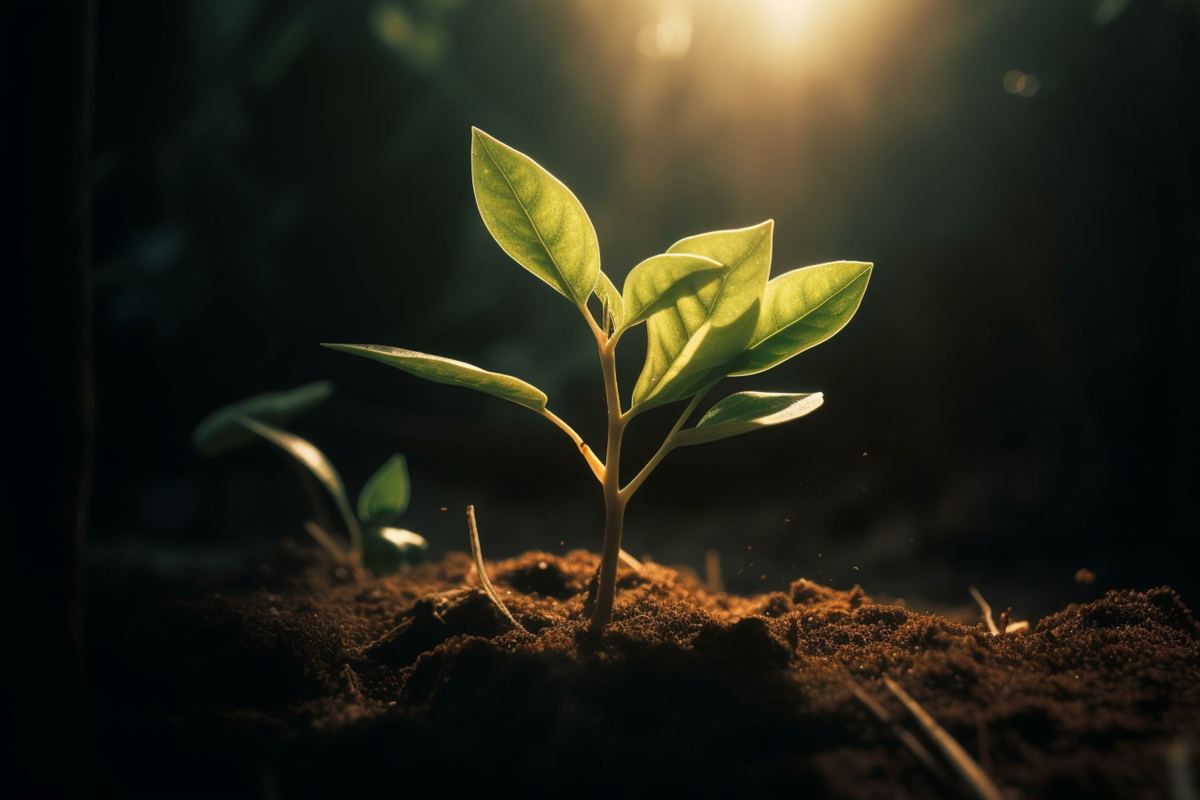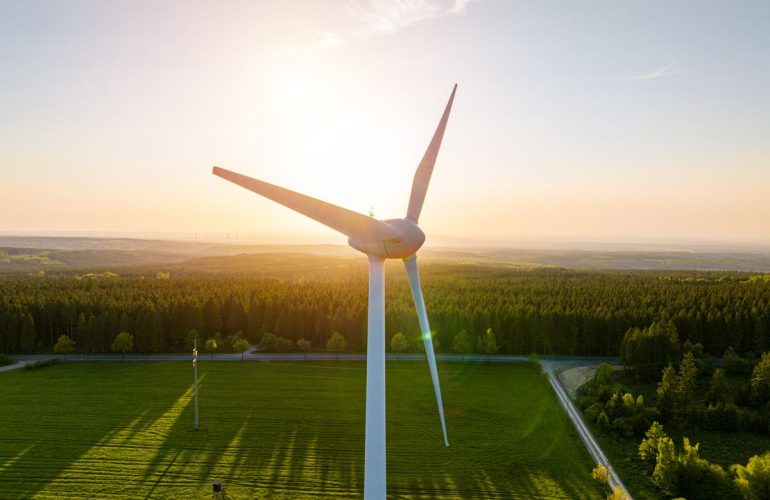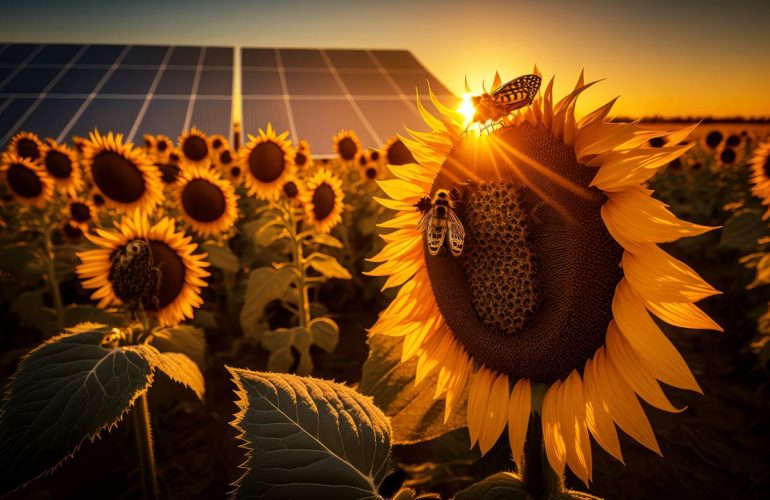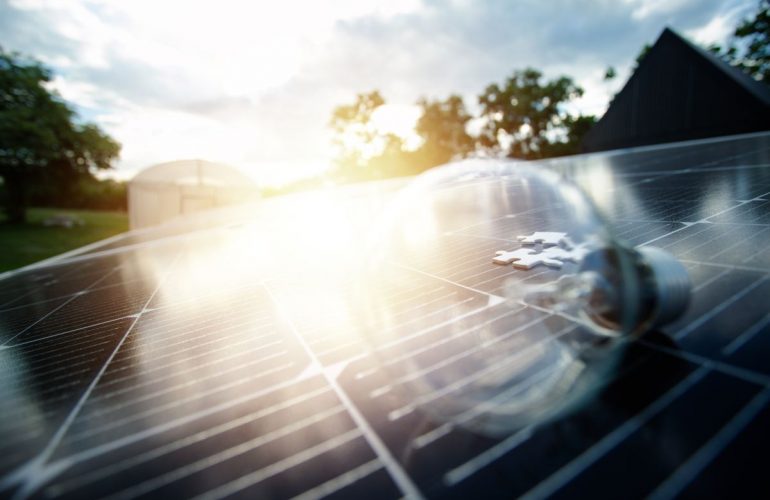Energy from the Water
Green hydrogen and green ammonia are two interconnected concepts that are gaining increasing attention as part of the global efforts to transition to a more sustainable and environmentally friendly energy system.
Green hydrogen refers to hydrogen gas produced through a process called electrolysis, where water (H2O) is split into its constituent elements, hydrogen (H2) and oxygen (O2), using renewable energy sources like wind, solar, or hydroelectric power, without generate polluting effects.
Green ammonia, on the other hand, is produced by combining green hydrogen with nitrogen (N2) using a process where hydrogen reacts with nitrogen under high pressure and temperature to form ammonia (NH3).
Ammonia is used primarily in the production of fertilizers.
The use of green hydrogen to produce green ammonia presents a promising solution for decarbonizing the ammonia production process. Moreover, since ammonia is easier to store and transport than hydrogen gas, it can be used to export renewable energy to regions with limited access to renewable resources.

Contact us
We will get back to you as soon as possible!



